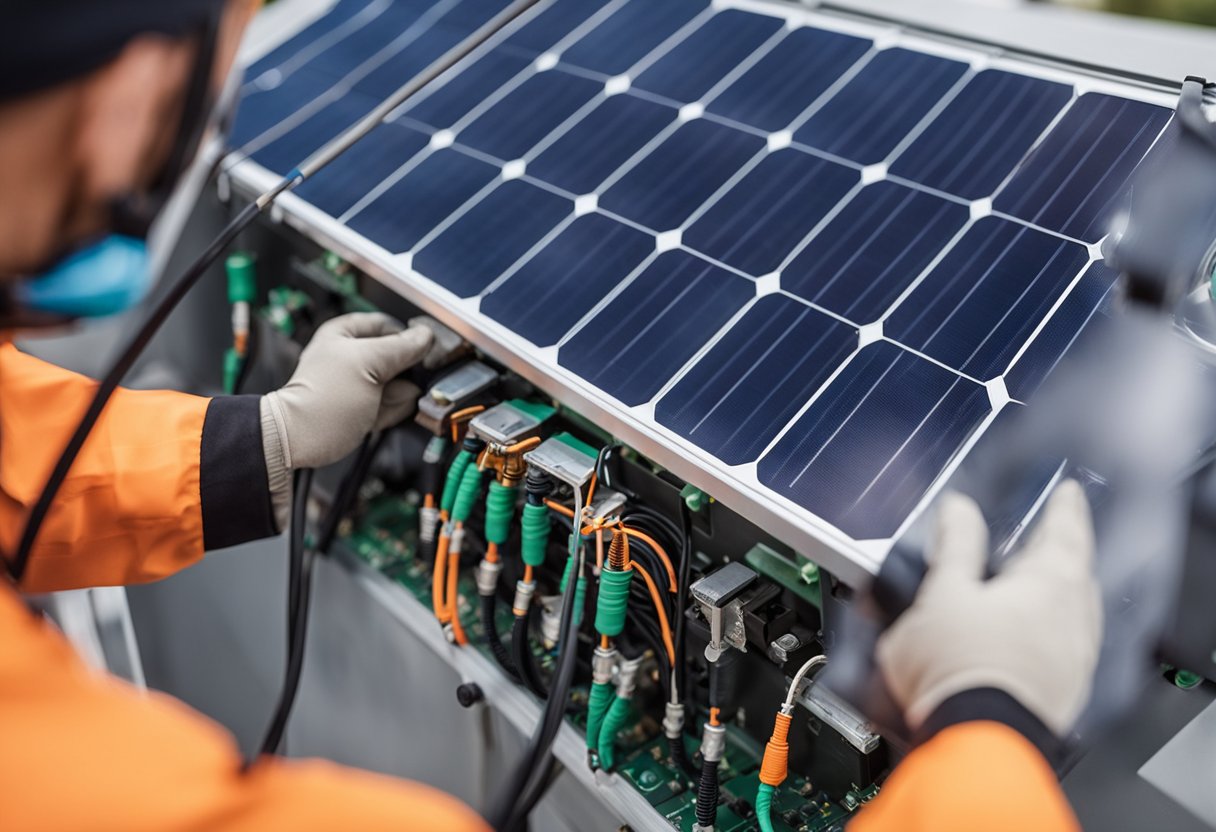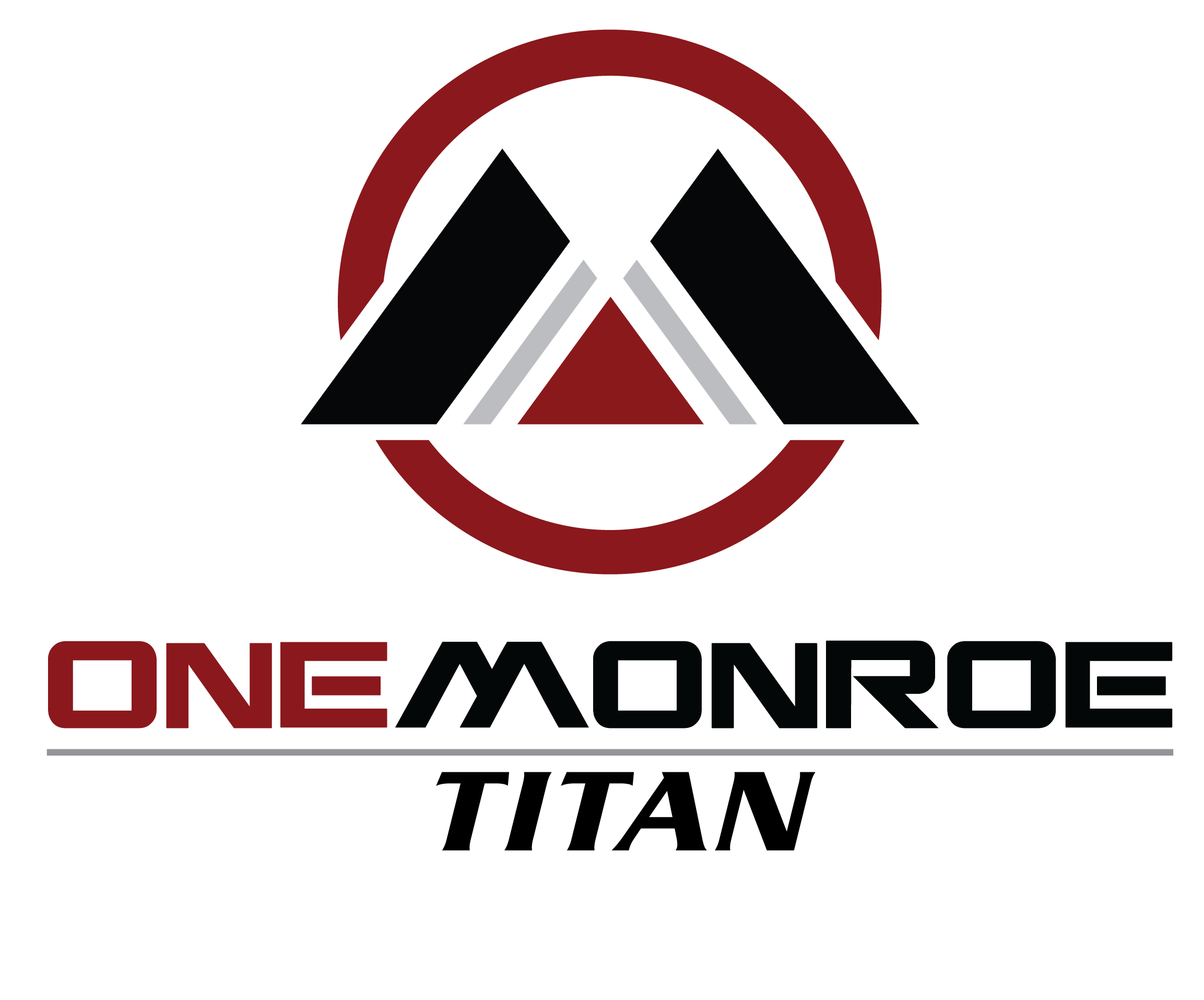
Upgrading your solar installation is a significant step toward maximizing efficiency and performance. Selecting the right wires and cables is crucial for reducing energy loss and ensuring the safety of your system. With the wide variety of options available, it might be challenging to choose the proper materials for your specific needs.

We navigate the complexities of wire gauges, insulation types, and environmental factors to empower you in making informed decisions. Whether you’re dealing with long cable runs or harsh environmental conditions, understanding how wire size affects voltage drop and the overall functionality of your solar setup is key.
Choosing the Right Wires and Cables for Solar Installation
To upgrade a solar installation effectively, selecting appropriate wires and cables is crucial. We must consider cable types, the significance of wire gauges and materials, proper calculation of cable lengths to minimize voltage drop, and the differences between DC and AC cabling.
Understanding Solar Cable Types
In a photovoltaic system, various cable types serve critical roles. PV cables are specifically designed for solar panels, providing reliable performance in harsh conditions given their UV resistance and durability. Additionally, battery cables connect batteries and inverters, transmitting power while ensuring safety.
It’s essential to choose cables compliant with standards such as TÜV or UL to ensure quality and safety. Popular options include PV1-F for areas with arrays less than 5kW. For connections requiring flexibility and endurance, THWN-2 and USE-2 wires are ideal.
Importance of Wire Gauge and Material
Wire gauge, expressed in AWG (American Wire Gauge), is directly linked to the wire’s ability to carry current efficiently. Smaller AWG numbers represent thicker wires, which are necessary for longer distances to minimize voltage drop.
The choice of material—copper or aluminum—affect’s conductivity and cost. Copper offers superior conductivity and is often preferred for high-output systems.
Calculating Optimal Cable Length and Voltage Drop
Cable length impacts system efficiency. Longer cables can lead to significant voltage drop, reducing the power delivered from solar panels to inverters and batteries. To counter this, we must calculate the maximum allowable voltage drop, typically no more than 3-5%, using the formula:
[ \text{Voltage Drop} = \frac{{2 \times \text{Length} \times \text{Current} \times \text{Resistance per unit length}}}{1000} ]Maximizing cable efficiency involves selecting higher AWG cables for long runs and ensuring connectors and junction boxes are placed strategically.
DC vs AC Cabling in Solar Power Systems
Cabling differs when dealing with direct current (DC) and alternating current (AC) within solar power systems. DC cables commonly connect solar panels to inverters, while AC cables handle the power distribution from inverters to household circuits.
DC cables require special considerations for insulation and thickness due to higher current levels. In contrast, AC cables like TW, UF, and THHN are utilized in residential wiring due to flexibility and cost-effectiveness.
Understanding these differences is vital for ensuring we use the right cables for each section of the system, thereby optimizing safety and performance.
Best Practices for Upgrading and Maintaining Solar System Wiring
To maintain optimal performance in solar installations, focus on adhering to compliance and safety standards, mitigating power loss, and ensuring environmental durability. Emphasize proper cable management and connection to prevent system failures.
Ensuring Compliance and Safety Standards
Adhering to regulations is crucial for any solar upgrade. We must comply with the National Electrical Code (NEC) and International Electrotechnical Commission (IEC) standards to ensure system safety. Proper grounding systems prevent electrical hazards, and we should use UL-listed components for assured quality.
Monitoring wire color coding is essential for avoiding connection errors, which can lead to polarity issues or dangerous current capacity mishaps. Regular inspections and troubleshooting help identify and resolve potential problems early, maintaining safe and efficient operation of our solar systems.
Mitigating Power Loss and Enhancing System Efficiency
Reducing energy loss in our solar installations involves selecting the right solar wire size, which minimizes resistance and voltage drop. We choose copper wires due to their excellent conductivity and durability. However, aluminum wires are more budget-friendly, albeit with lower conductivity.
Using stranded wires provides flexibility and reduces mechanical damage risks, especially in dynamic environments like RV installations. It’s vital to inspect charge controllers and connectors, such as MC4 connectors, routinely to ensure secure, corrosion-free connections and efficient power transfer.
Weatherproofing and Environmental Considerations
Our installations must withstand outdoor conditions, making UV protection and weather resistance essential for all components. Wire insulation should tolerate temperature extremes, heat resistance, and, crucially, avoid damage from prolonged sun exposure.
Choosing wires with appropriate insulation types and environmental durability ensures ongoing performance. We use sealing techniques in junction boxes to prevent moisture ingress and mechanical damage due to environmental factors. This focus on durability impacts the longevity and reliability of the system.
Proper Connection and Cable Management
Effective cable management involves considering cable routing to prevent tangled wiring, which can lead to overheating and system failures. Organizing wires with proper routing methods minimizes mechanical stress, ensuring that connections remains secure over time.
We prefer flexible cables with robust insulation, designed for specific voltage ratings and current capacity needs. Routine maintenance, including cleaning and regular inspections, identifies potential issues before they escalate.


